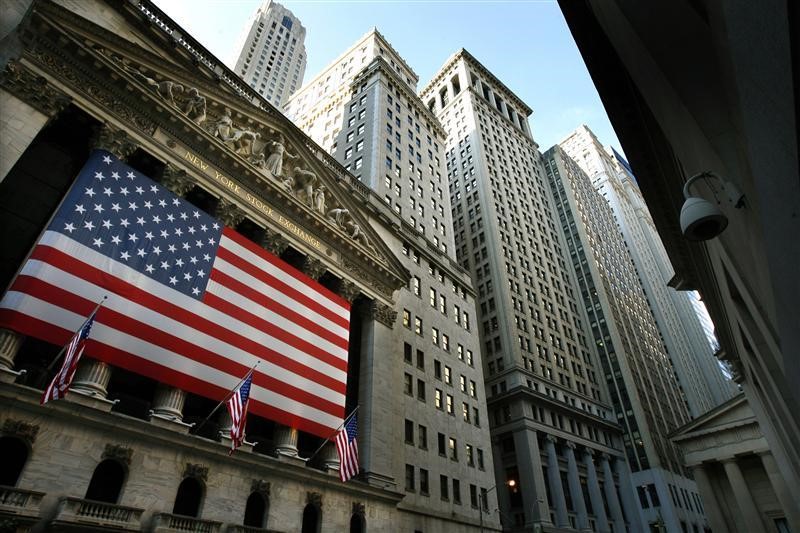This post was originally published on this site
https://i-invdn-com.akamaized.net/news/LYNXMPEB4G09M_M.jpg
(Reuters) – Wall Street gave a resounding vote of confidence to ride-hailing stocks ahead of Uber’s (N:UBER) results on Thursday, after Lyft (NASDAQ:LYFT) indicated a slow recovery in demand and lower costs as rising unemployment creates greater supply of drivers.
Shares of Lyft surged nearly 20%, while Uber’s stock jumped about 8%.
As parts of the U.S. economy start to re-open, demand for ride-hailing services is expected to get a significant boost, following weeks of upheaval in the core businesses of Lyft and Uber due to lockdowns caused by the COVID-19 outbreak.
Americans are also expected to turn to ride-hailing as a significant source of income, which in turn is expected to create a supply glut that will help companies such as Lyft and Uber to curb driver incentives and other costs.
“The Street was bracing for worse on 1Q and overall cost cuts/road to profitability was some relative good news in a dark time,” Wedbush analysts said in a note to clients.
“The dichotomy we are seeing in this environment is that despite rides being significantly depressed (and likely to continue being so), Lyft is seeing stronger profitability.”
Lyft and Uber rely on independent contract workers and resist calls by some U.S. lawmakers to classify their drivers as employees, which would force them to pay benefits.
Total costs and expenses fell about 29% to $1.37 billion year-over-year for Lyft in the first quarter.
At least four brokerages, including Wedbush and RBC Capital Markets, raised their price targets on Lyft on Thursday.
“We think the ride-sharing environment will likely exhibit rational behavior both during and post-COVID as it relates to lower rider and driver incentives. Per management, rider incentives have essentially gone to zero,” RBC Capital Markets said.
RECOVERY IN DEMAND
With lockdown rules easing in the Unites Sates, Lyft rides rose 21% in the first week of May compared with a low point on April 12.
“We expect rideshare demand to gradually come back as States relax stay-at-home orders and as riders possibly prefer private rides vs. public transport in the near term,” J.P.Morgan analysts said in a note.
Lyft’s upbeat forecast bodes well for larger rival Uber Technologies (N:UBER), slated to report its first-quarter numbers later on Thursday.
“We believe…greater-than-expected losses at one is likely to be read as a negative read-thru to the other, and better-than-expected profitability at one is likely to be a positive read-thru to the other,” RBC said.

